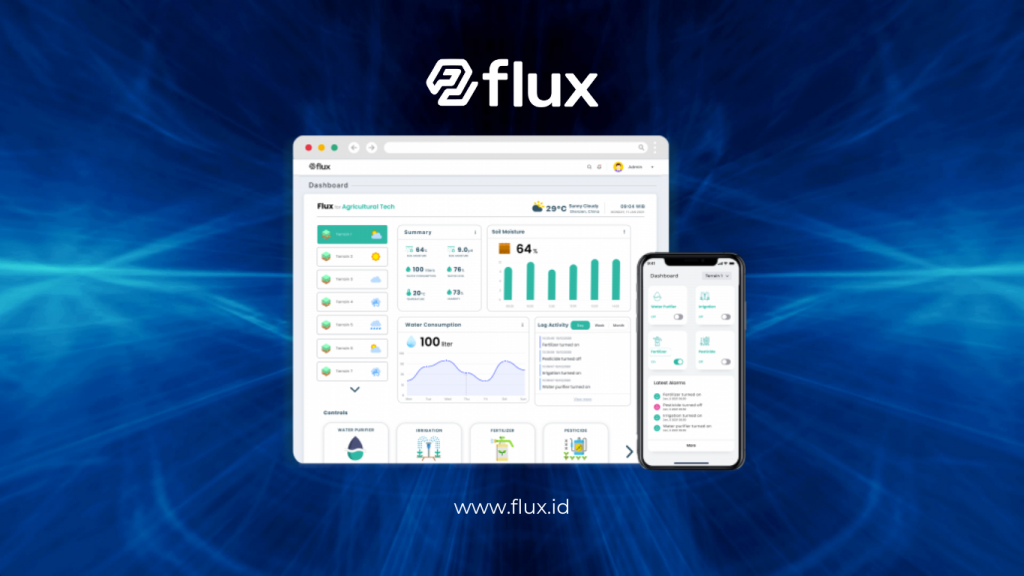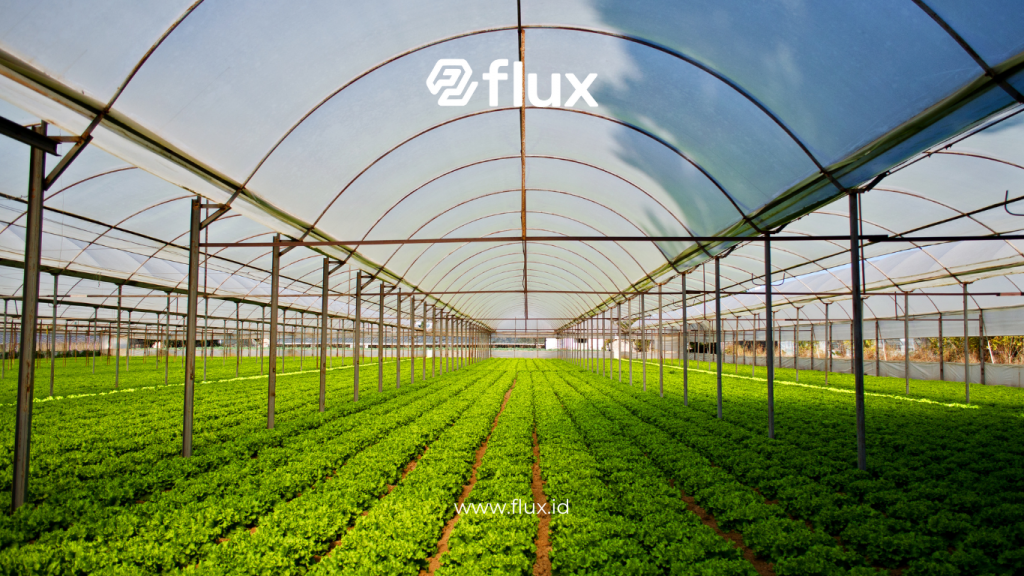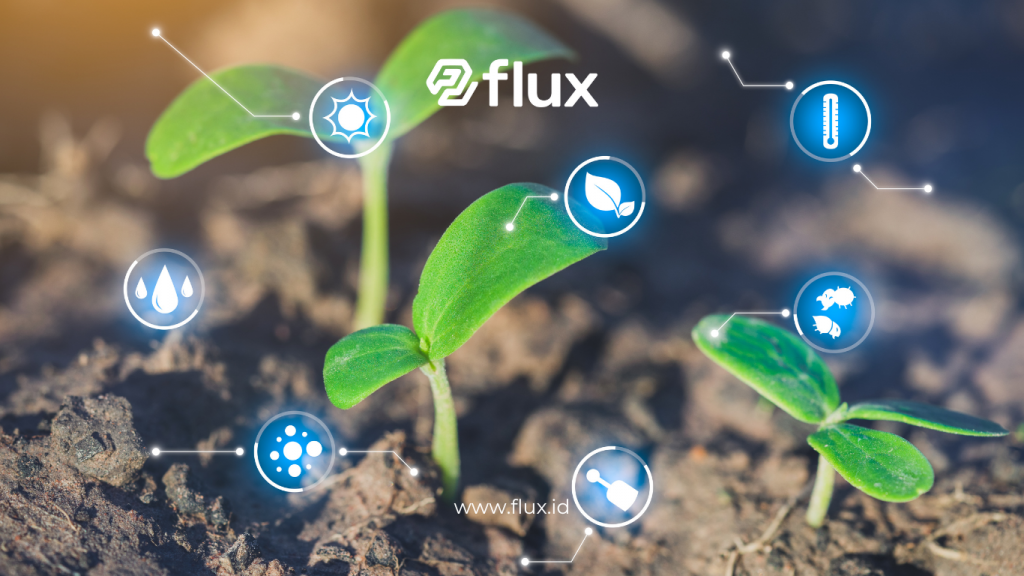Don't miss our holiday offer - 20% OFF!
In recent years, the concept of smart farming has gained significant attention as an innovative solution to enhance efficiency and productivity in the agricultural sector. By leveraging Internet of Things (IoT) technology, farmers can remotely control and monitor various aspects of their farming environment. One platform that supports the implementation of this technology is Flux from Nocola. In this article, we will explore how Flux can be implemented in smart farming systems, particularly for automated irrigation control, as well as the benefits it provides to farmers and overall agricultural output.
Contents
What is Smart Farming?

Definition
Smart farming refers to the use of modern technology in agriculture to enhance yield and efficiency. By applying IoT and smart sensors, this system enables real-time data collection, providing useful insights for farmers to make better decisions.
Key Elements of Smart Farming
- Sensors and IoT Devices: Gathering environmental data such as soil moisture, temperature, and nutrient content.
- Data Analysis: Analyzing collected data to determine optimal farming conditions.
- Process Automation: Allowing automation in irrigation management, fertilization, and crop health monitoring.
Why is Automated Irrigation Control Important?

1. Efficient Use of Water
In many regions, water is a precious and sometimes limited resource. Automated irrigation control helps farmers utilize water efficiently, preventing waste and maximizing resource use.
2. Better Crop Quality
With timely and measured irrigation, crops receive the right amount of water according to their needs. This can result in healthier and more productive plants.
3. Reduction in Labor Costs
By automating irrigation systems, the need for labor to manage watering processes can be minimized, allowing farmers to focus on other aspects of production.
How Does Flux Improve Smart Farming?

1. Device Connectivity
Flux facilitates the integration of all IoT devices used in smart farming processes. By connecting soil sensors, water pumps, and weather systems, data can be collected from various sources within a single integrated platform.
2. Real-Time Monitoring
Using Flux, farmers can monitor environmental conditions in real-time. Data collected from sensors can be analyzed to provide an overall view of crops and soil conditions.
3. Analysis and Optimization
Flux not only offers data collection but also the ability to analyze results. With proper analysis, farmers can identify patterns indicating soil conditions or water needs for plants.
4. Automated Irrigation Control
Flux can automatically control irrigation systems based on sensor data. For example, when soil moisture reaches a certain level, the system can automatically activate water pumps to irrigate the fields, reducing the need for human intervention.
Implementation Steps for Flux in Irrigation Control

1. Analyzing Agricultural Needs
Before implementing Flux, conduct a specific needs analysis on the farmland. Consider the types of crops being grown and existing environmental conditions.
2. Choosing the Right Sensors
Select sensors that can measure important parameters related to irrigation, such as soil moisture and temperature. Ensure that the chosen sensors are compatible with the Flux system you will use.
3. Preparing IT Infrastructure
Ensure that the existing IT infrastructure supports the use of Flux. This includes a stable internet connection and sufficient hardware to connect all IoT devices to be integrated.
4. Installation of Sensors and Devices
Install sensors at strategic locations in the agricultural area. Ensure monitoring can be done from all critical points for irrigation management.
5. Integration with Flux
Integrate all installed sensors into the Flux system. Ensure that data from each sensor can be transmitted and received correctly by the platform for analysis.
6. Training the Agricultural Team
Provide training for the agricultural team on how to use the Flux system and how to utilize the data generated effectively. Understanding this is crucial for operational efficiency.
7. Continuous Monitoring and Evaluation
After the system is implemented, regular monitoring is essential to ensure all components are functioning well. Evaluate usage outcomes to identify areas that need improvement.
Conclusion
The combination of LogSheet Digital and IoT technology like Flux in smart farming systems offers a clear path toward better efficiency and sustainability for farmers and the agricultural industry as a whole. With the ability to automate monitoring and control irrigation while leveraging real-time data, challenges in water resource management can be tackled more effectively.
Implementing this technology is a strategic step that companies must consider to compete in an increasingly complex market. By adopting innovative solutions from Nocola, we can all work together to create a more efficient, transparent, and environmentally friendly industry for a better future.





